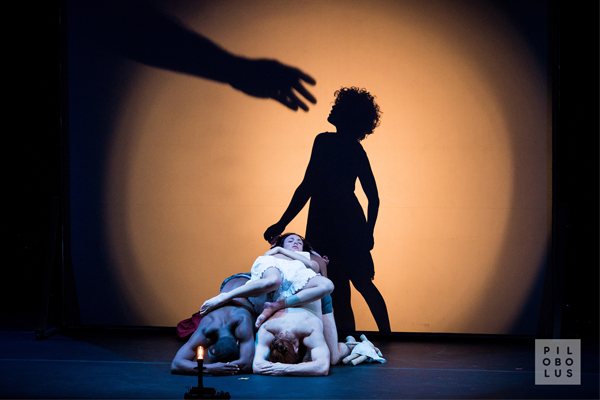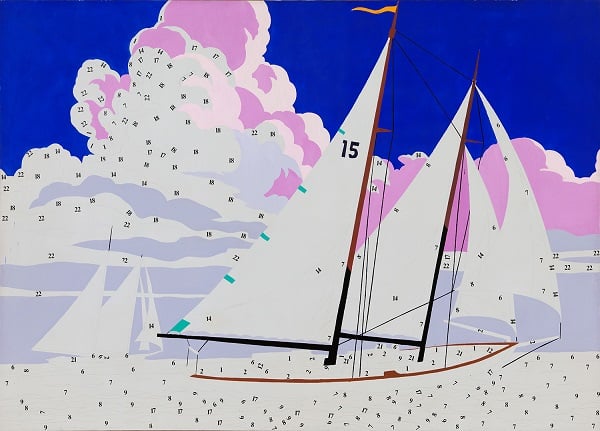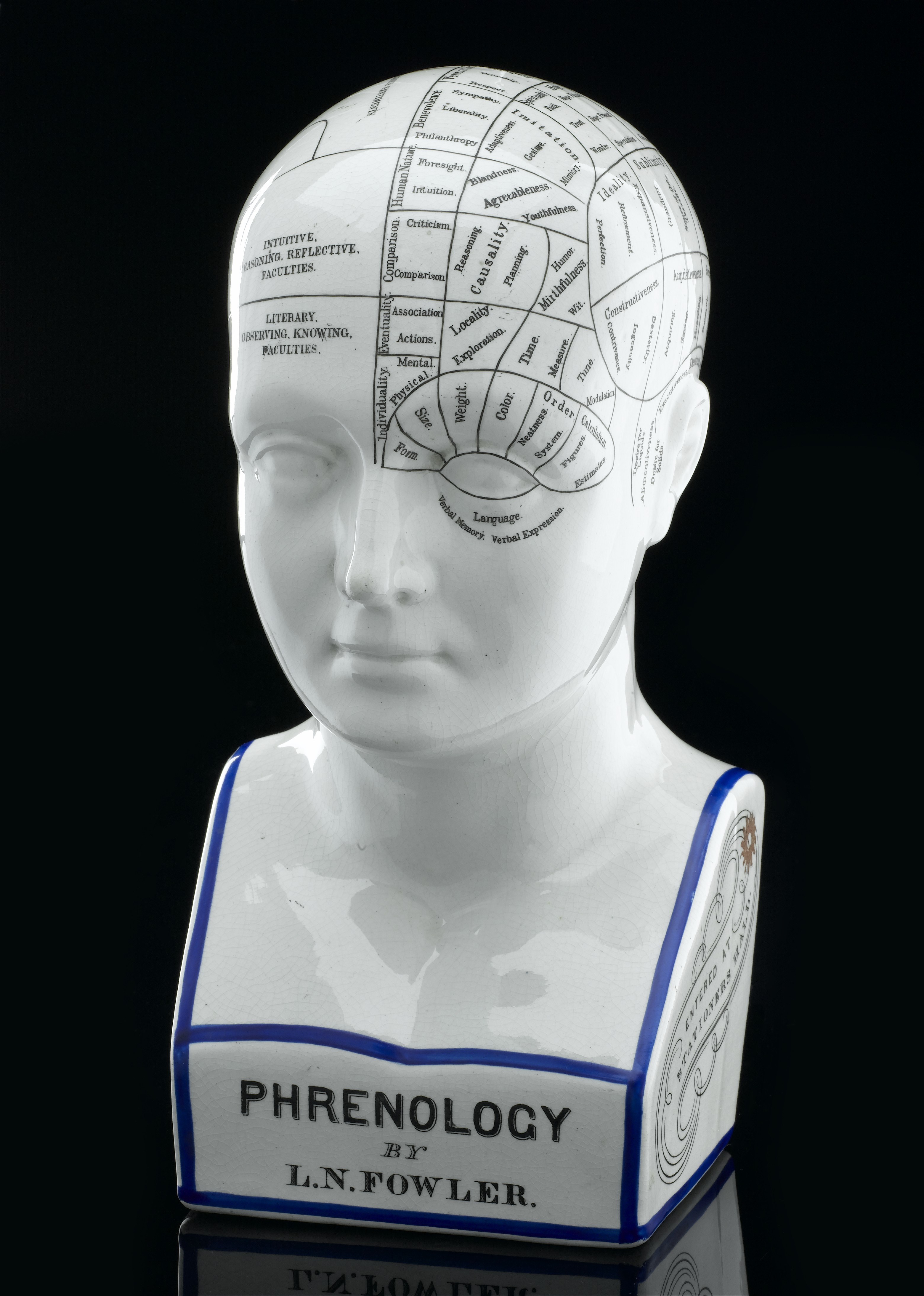One recent Sunday afternoon Dear Husband and I drove down to Oakland to watch
Woody's Order, Ann Talman's autobiographical one-woman show about herself and her older brother, Woody. The title--which I hate--is imprecise; you have to know the joke already to get it, and at first I didn't know that I would be interested in this play about growing up in the 1950s and 60s with a sibling with cerebral palsy. Once I found out what it was about, of course I bought us tickets! Maybe I would have been more excited if I had known who Ann Talman is. Anyway, she uses her considerable acting talent to portray a cast of characters that ranges from herself at various ages to her drawling West-Virginian parents to an abashed neighbor to Woody's roommate. She plays Woody himself, who is minimally verbal, with facial expressions and grunts or whines that taken out of context could be seen as derogatory but here are clearly a loving and accurate representation. According to Talman family lore, Woody wanted a younger sibling, so he conjured one up by pointing suggestively to his parents' respective reproductive parts. Their mother wrote "Woody's order" on the bottom of a Polaroid of Ann after her birth.
Ann became her brother's keeper. As a child she adored him, and for the most part she accepted this role with enthusiasm, until her acting career and marriage drew her to the coasts, but Woody lived here in the Pittsburgh area. When their father's health declined precipitously, she was suddenly caretaking for both of them as well as jetting to LA or NYC. The climax of the piece comes during this vignette, when Woody refuses to eat the favorite dish she has prepared for him, and she tears around the house ranting about how much she dislikes the stress of always caring, planning, doing for him. She then realizes she had forgotten to take his mouth guard out so that he could eat. There are so many rich details in this dual biography of herself and her brother. One that stands out to me is when Talman reveals that the strain of her responsibility as Woody's keeper initially manifested itself in recurrent dreams, in which she is faced with the choice of saving herself or drowning with Woody. She comes back to this thread a few times in the play. Finally, one night, Ann releases Woody in the water...and to her surprise, they both float.
~ * ~ * ~ * ~ * ~ * ~
In my dream, I am canoeing around an island in an unfamiliar lake. My father's parents are with me as I stroke furiously for the shore. I am dissatisfied about something, but I cannot remember what, as the canoe ploughs up onto the dry land.
In another dream I am running--jogging, I think, although that is not something I do--down a city street. The sidewalk is raised above the level of the road, with a metal railing. Only the public path seems to run right through the first floors of the townhouses on the street, as if the private living space begins upstairs. I might be running up and down some of these stairs, front stairs, back stairs. I don't know if I am chasing or being chased, good-naturedly or not.
In the last act, I visit The 1840 House, a now-closed museum in Baltimore, MD. It is closed in my dream, too, turned into a historical research archive, I think. The first floor is open to the public, and there are cases set into the walls holding objects from the collection. We (who am I with?) look at them as we walk down the corridor, which empties into...a shopping mall. The first store, which sells expensive evening gowns, is set up like an open department store. I make my way up to the second floor, then ride the escalator back down. On my left I see a rack of gorgeous peacock gowns. I reach over and pluck one from the rack. But the feathers in the train get caught in the gears of the escalator, and by the time I reach the bottom, the machine has eaten this whole beautiful dress. Just before I find out from the saleslady waiting for me below how much I owe for something I coveted but can never wear--I wake up.
~ * ~ * ~ * ~ * ~ * ~
The protagonist in Pilobolus' "Shadow Land" has a dream, too. She has rebelled against her parents, fallen asleep in a huff, and is carried off to a strange land, where a magician turns her into a dog-girl. She then hitchhikes through the country, is kidnapped by a circus, swims in the ocean, is almost cooked in soup, and finally finds herself in Pittsburgh (a very clever epilogue designed to please the local audience). The performance Dear Husband and I saw at the downtown Byham Theater was sold out. We art patrons had packed the place to watch a troupe of very fit dancers use their bodies and a few props to create marvelous scenes both in front of and behind a shadow screen.

Afterward we stayed to listen to a Q&A with the performers, in which I learned that the troupe formed in 1971 from a group at Dartmouth; that the dancers learn the choreography from each other as one generation eventually moves on and another comes up; that they have a whole set of dancers who are affiliated with them for projects that need more bodies; and that there is another group touring Germany right now doing Shadow Land II, which is similarly structured with vignettes but has a different premise (they didn't say what). Basically Pilobolus members work collaboratively with improv until they have enough material for a piece. "Shadow Land" is their first evening-length piece among the ~125 in the repertoire; the group typically comes up with 2-3 new pieces a year.
Also, after previews they changed the staging of "Shadow Land," because early audiences thought some of the material had been pre-filmed and was being projected onto the screen rather than being created live. So, they removed the borders around the stage so the audience can see the wings and props and know that these people are using a few pieces of equipment and their bodies to make everything that we see. Sometimes I wish someone would peel back the curtain on my dreams, but other times I just revel in them as they are.








